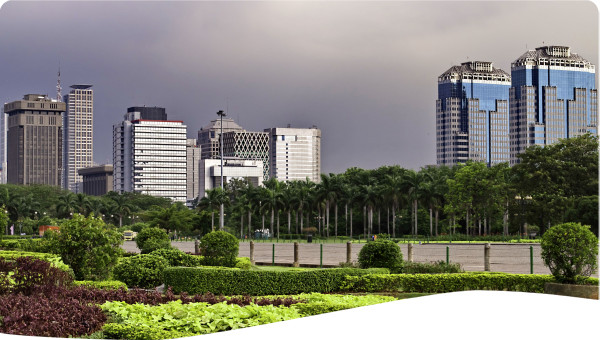Water is completely unique as a resource. Therefore it is impossible to provide one blanket solution to water management for agriculture across the globe. Water and agriculture create a broad and dynamic combination, with an unlimited number of scenarios, conditions, social values, and economic influences. No two growers are the same, no two farms are the same, and no two watersheds are the same.
For Alberta, North America, and the entire world, water demand management (due to scarcity and climate variability) and water quality are already areas of concern and focus related to economic prosperity, environmental sustainability, and social well-being. Implementing change proactively at a watershed health level is cheaper for communities (e.g. compared to building infrastructure) and enables growers with more effectively control the land they understand so well.
Many localized stewardship programs exist around the world and many are delivered in a one-way communication approach. The disadvantage of this is the lack of direct feedback for the grower and the reliance on government and other organizations to provide performance indicators as well as monitoring and data to measure impact. Gaps exist in grower awareness and understanding for holistic water management (opposed to just erosion, salinity, or nutrient control), which can have direct impacts on the local watershed, as well as communities downstream.
 Resource -
Resource -
